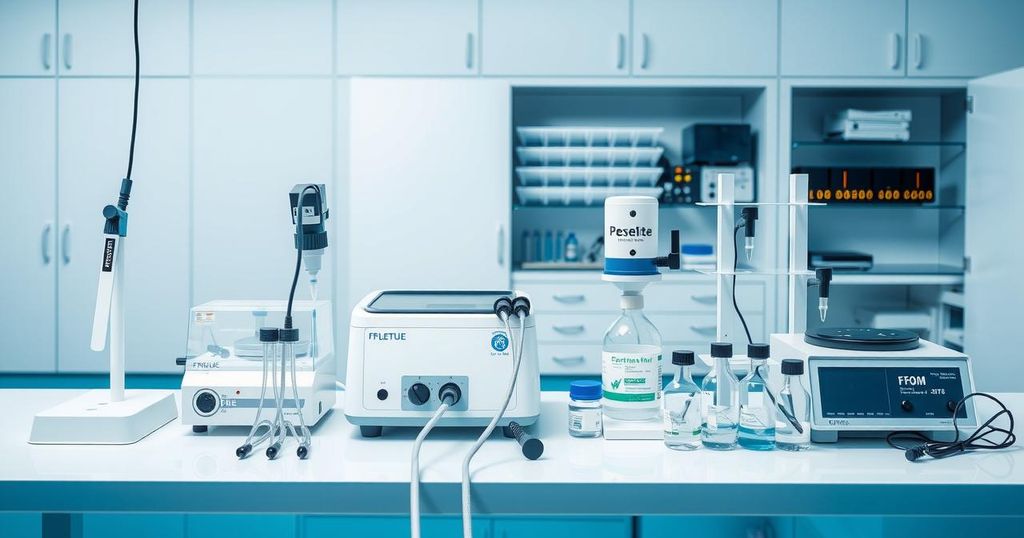France and Japan Unite to Establish Europe’s First Rare Earth Recycling Facility
France and Japan are building Europe’s first rare earth recycling plant in Lacq to reduce reliance on China, which dominates the rare earths market. The project, backed by EUR 216 million, aims to produce significant quantities of critical elements essential for electronics and clean energy applications by 2026.
In response to China’s overwhelming dominance in the rare metals market, France and Japan are collaborating to establish Europe’s inaugural large-scale rare earth recycling facility in Lacq, France. According to a report from the Central News Agency, this facility is set to become the largest producer of purified heavy rare earths in the Western region.
The plant, anticipated to commence operations by late 2026, counts automaker Stellantis as a confirmed customer. The project is backed by significant financial support, including EUR 216 million, with EUR 110 million from Japanese partners such as the Japan Organization for Metals and Energy Security (JOGMEC) and Iwatani, complemented by EUR 106 million from the French government.
This initiative aims to diminish Europe’s dependence on China, which currently supplies a staggering 98% of the rare earths consumed on the continent. The Caremag facility is designed to recycle 2,000 tonnes of magnets and refine 5,000 tonnes of mining concentrates annually, producing substantial quantities of Dysprosium, Terbium, Neodymium, and Praseodymium oxides, thus contributing approximately 15% to global production.
Rare earth elements and the permanent magnets derived from them play a pivotal role in the electronics sector. They are extensively utilized in electric vehicles, wind turbines, and robotics. The strategic significance of this project lies in its potential to bolster clean energy initiatives and enhance high-tech manufacturing capabilities across Europe.
In conclusion, the collaboration between France and Japan to establish the first rare earth recycling plant in Europe signifies an important step towards reducing dependence on Chinese supplies. With significant backing and a projected operational start by 2026, the facility aims to reclaim vital resources for the electronics industry, thereby enhancing Europe’s capabilities in clean energy and advanced technology sector.
Original Source: www.trendforce.com




Post Comment